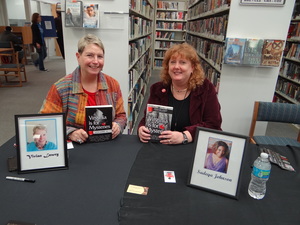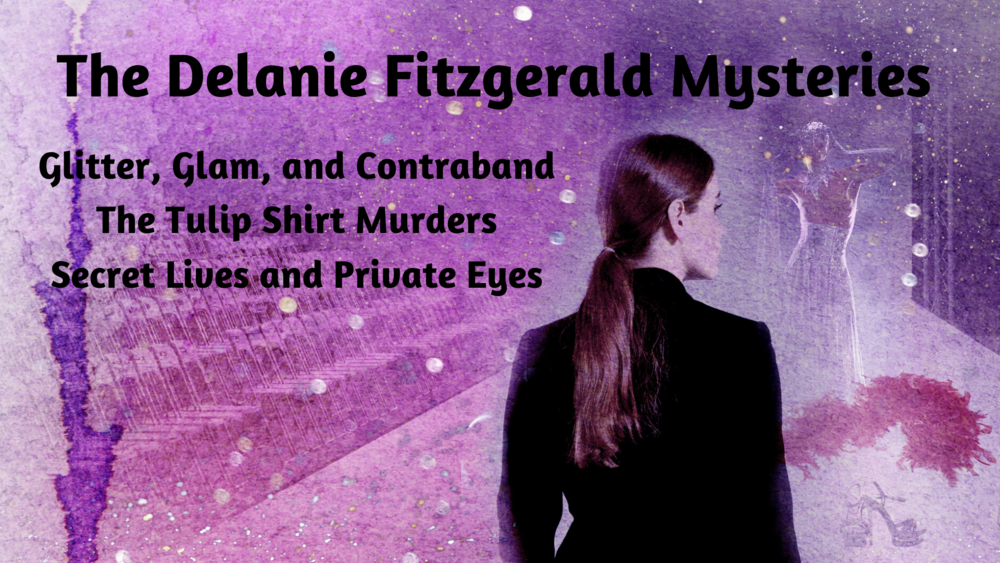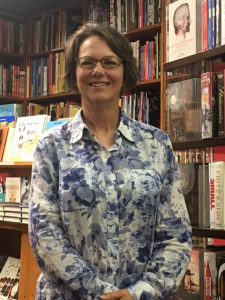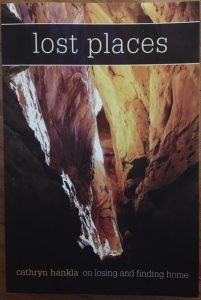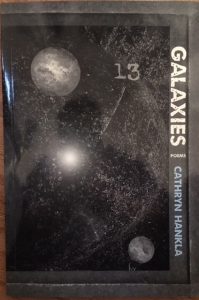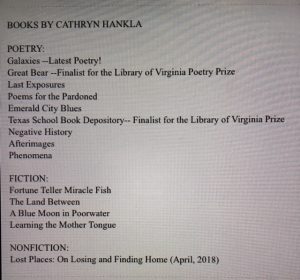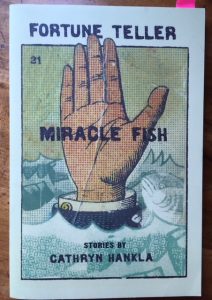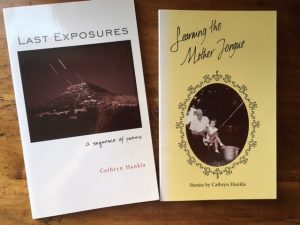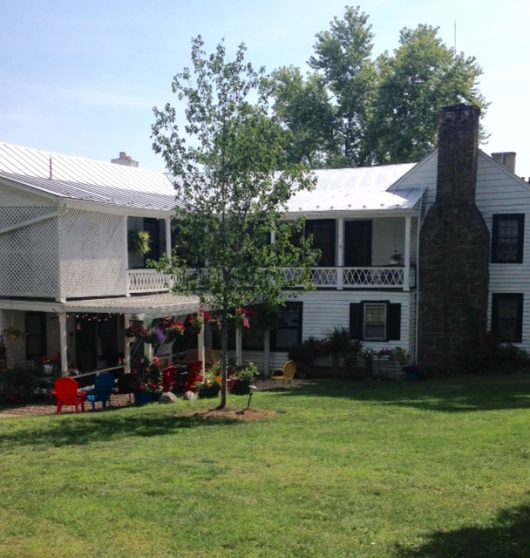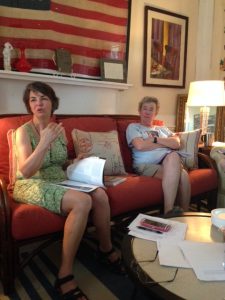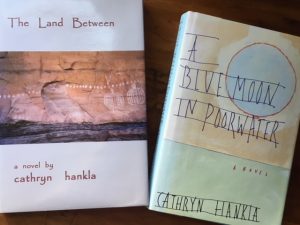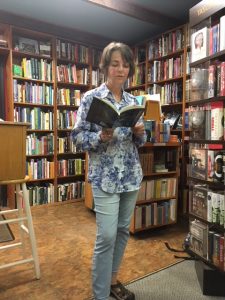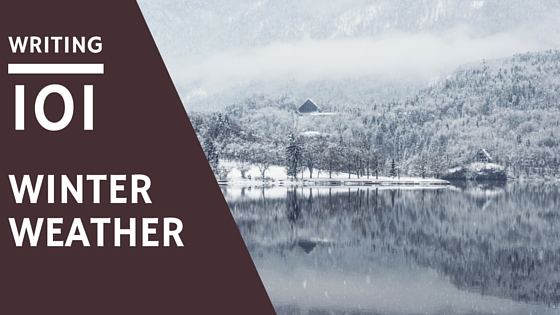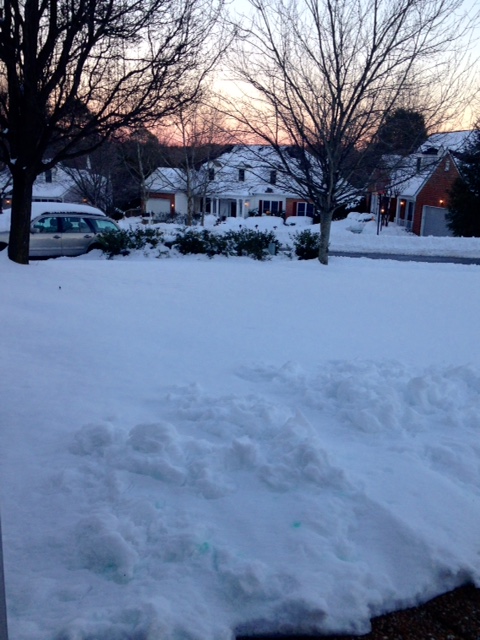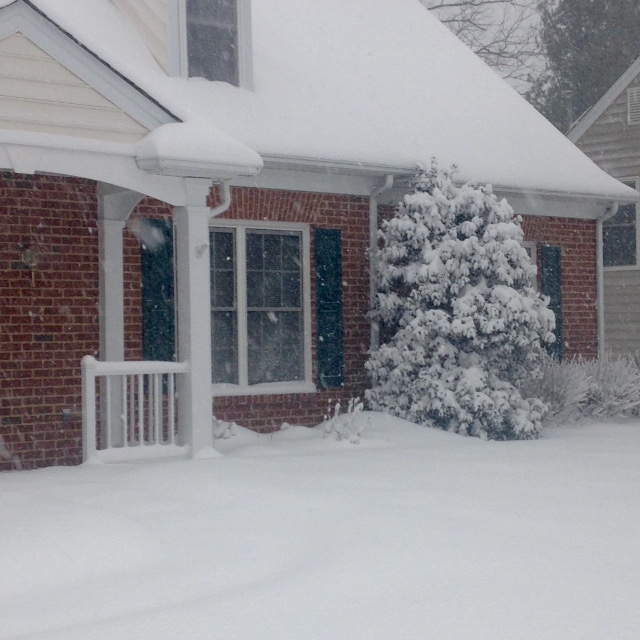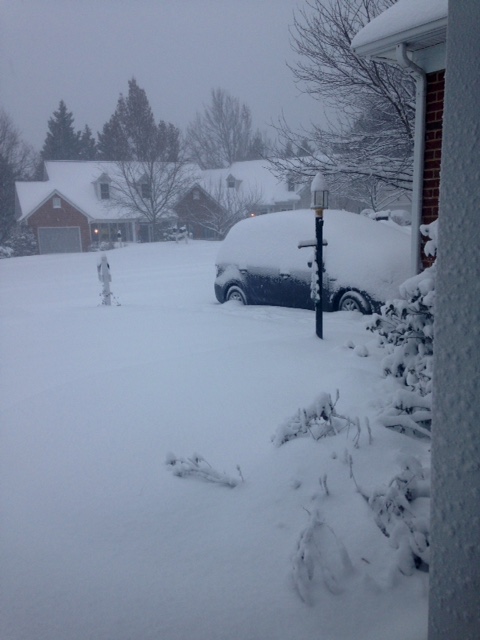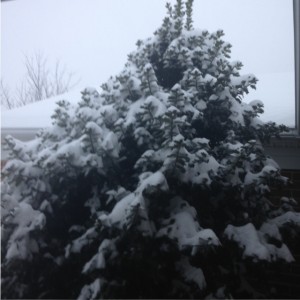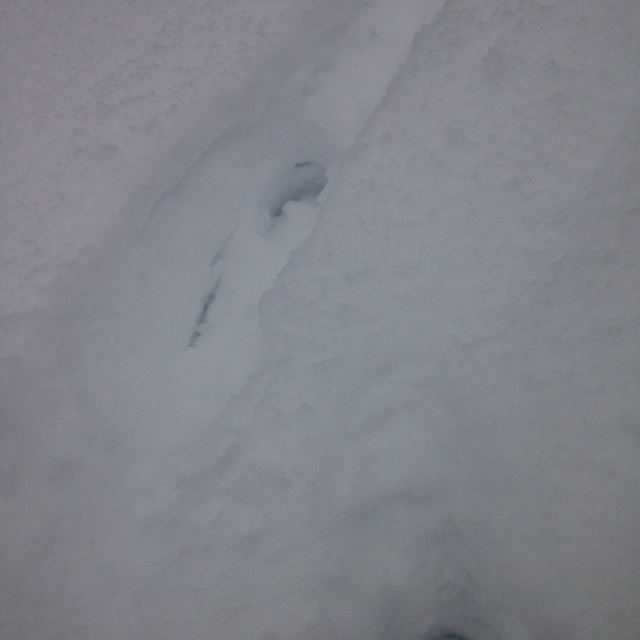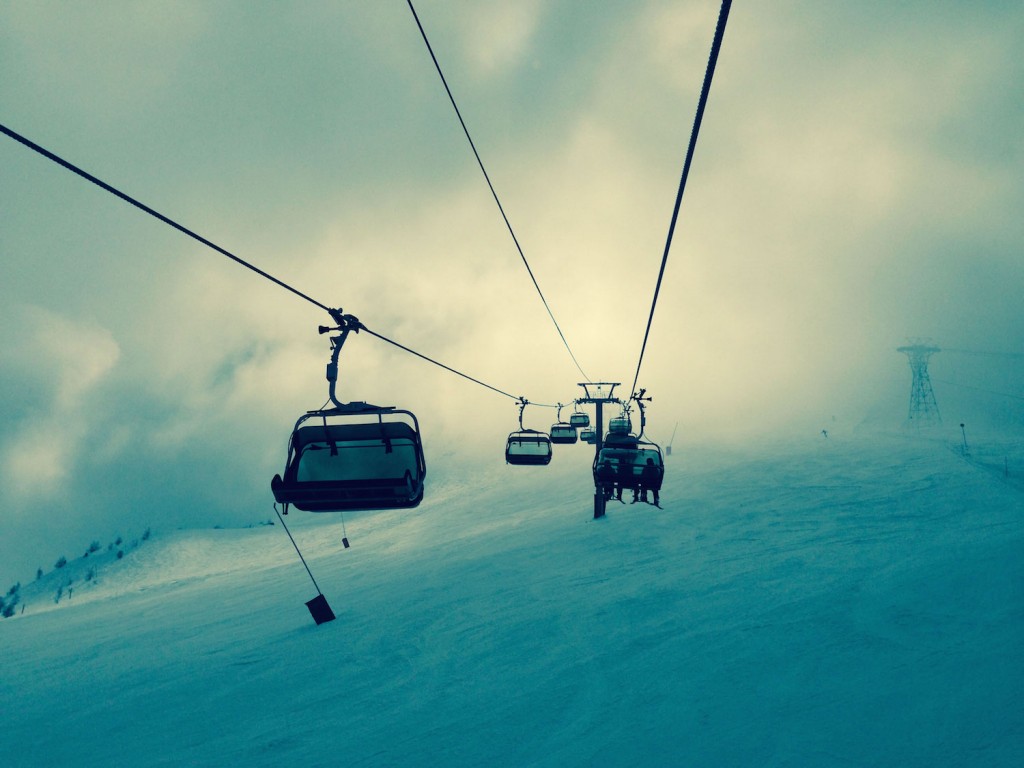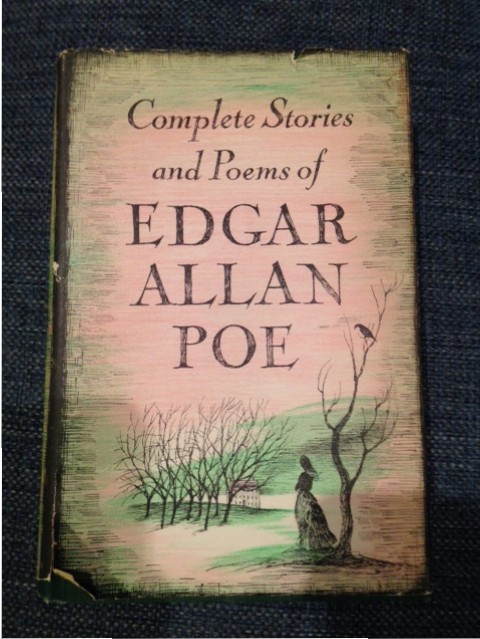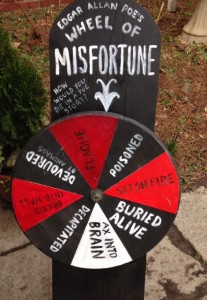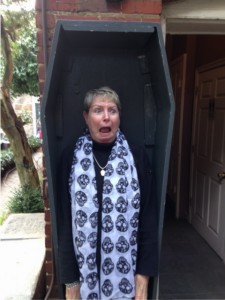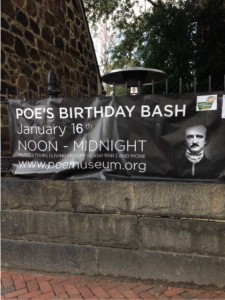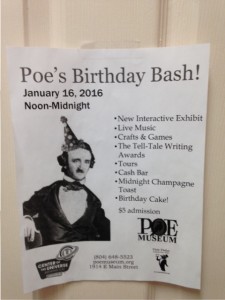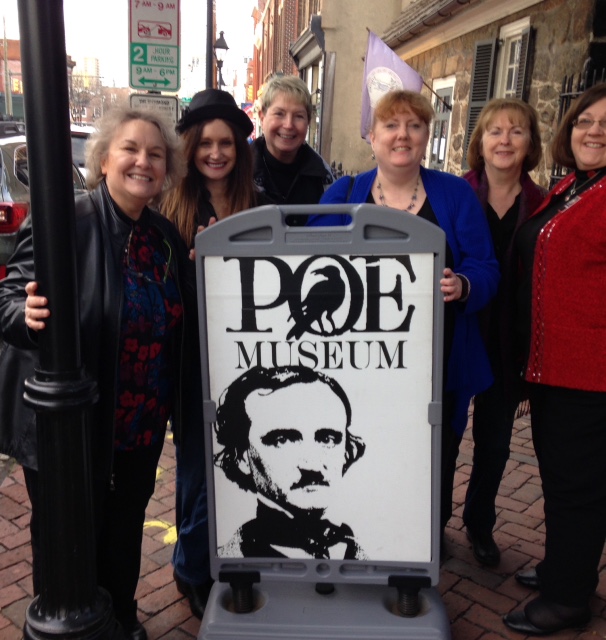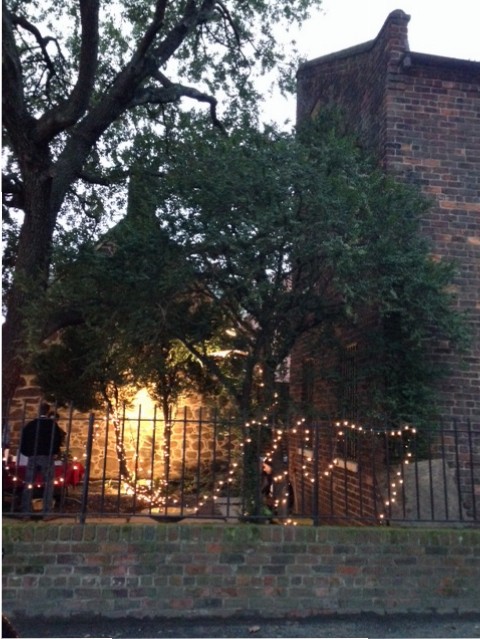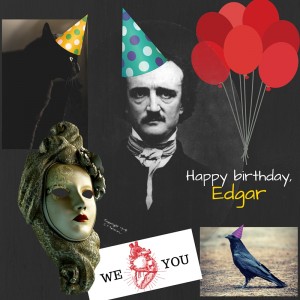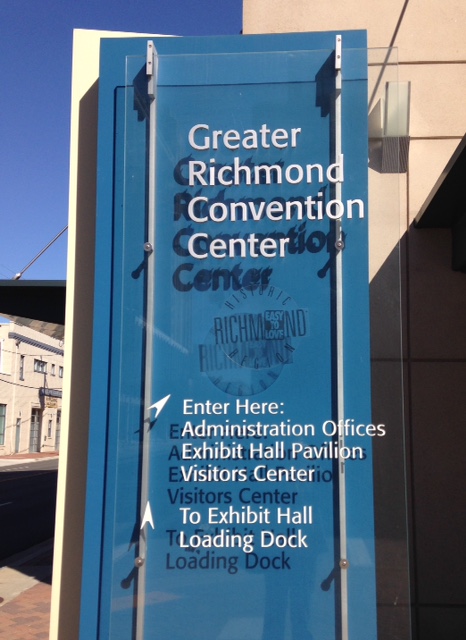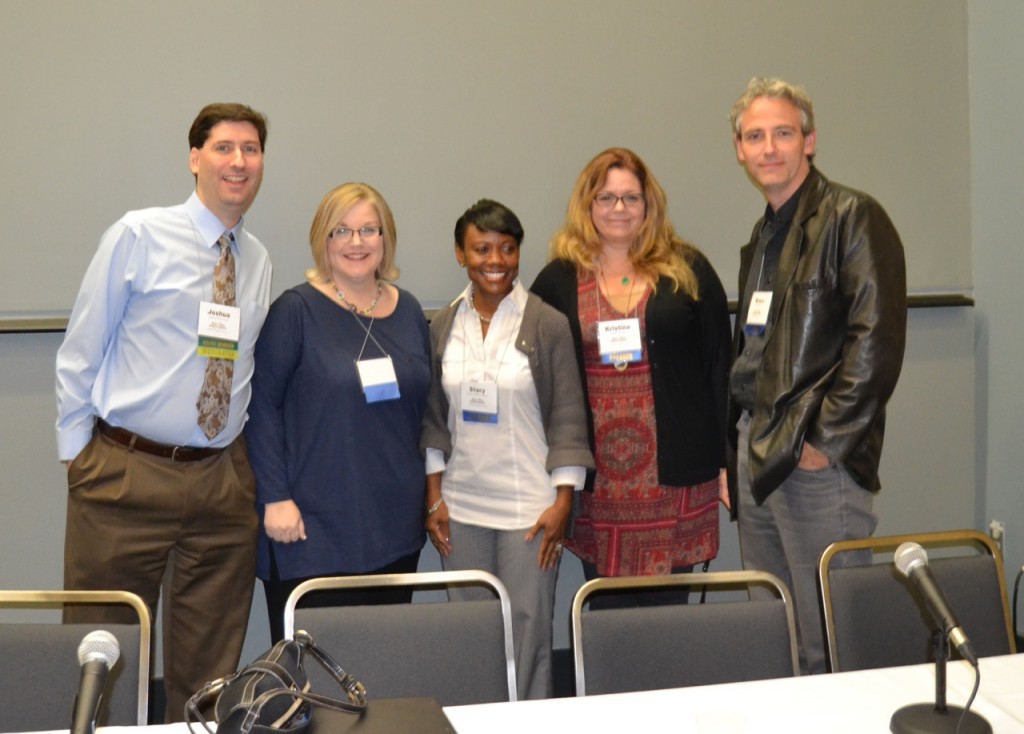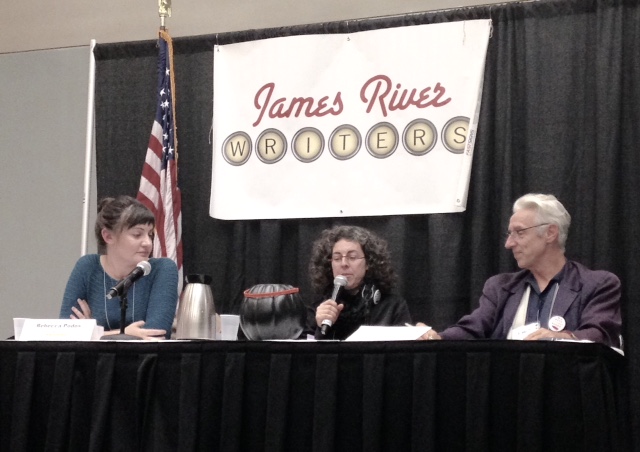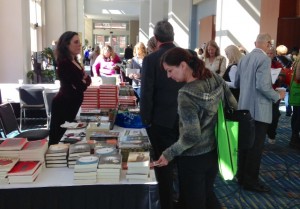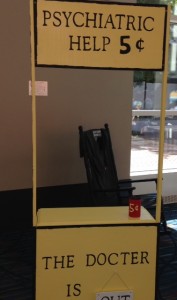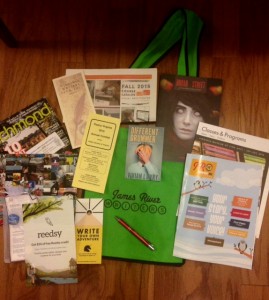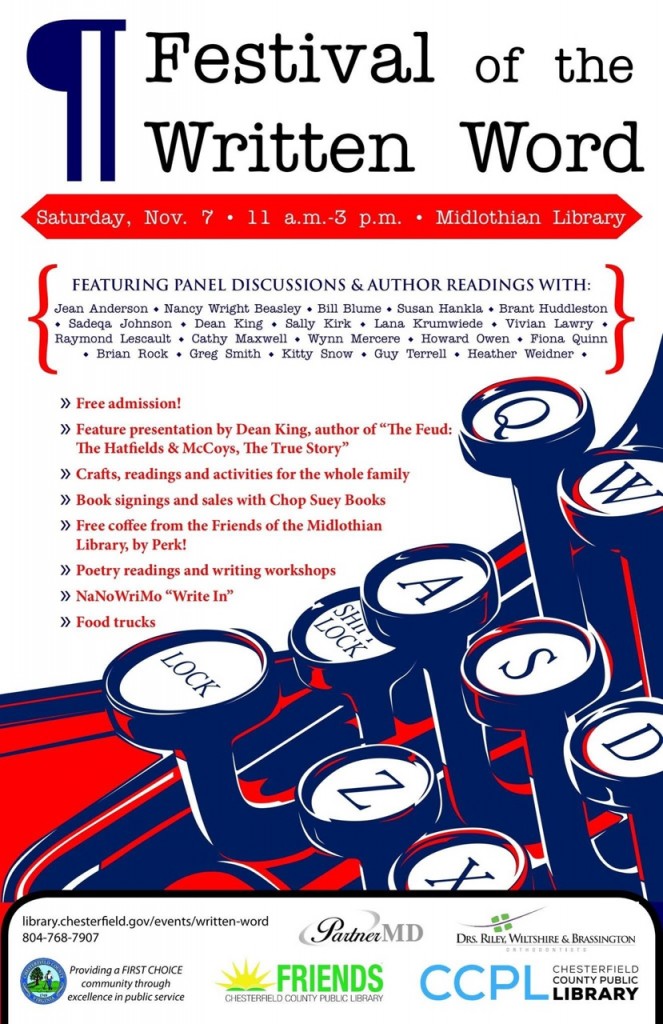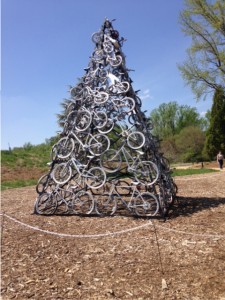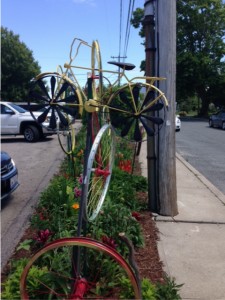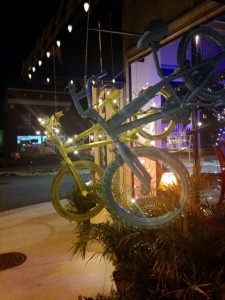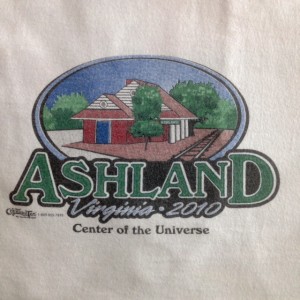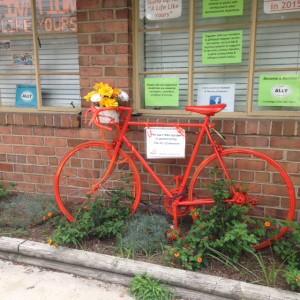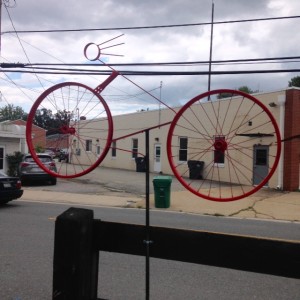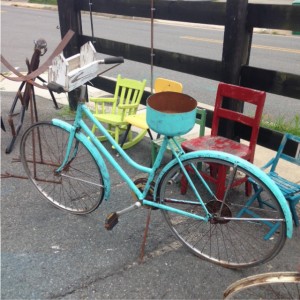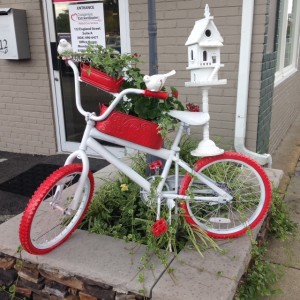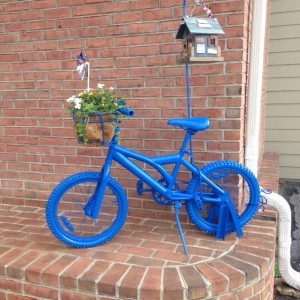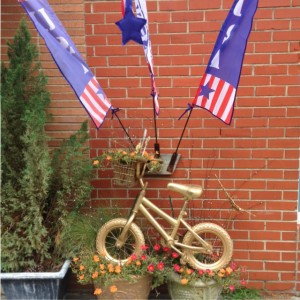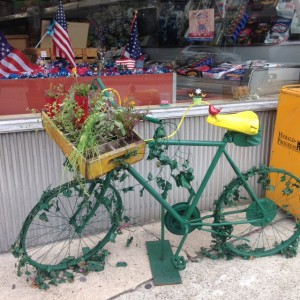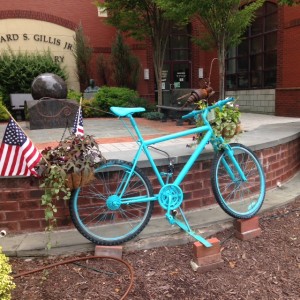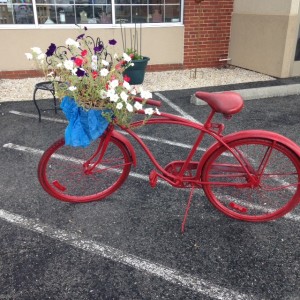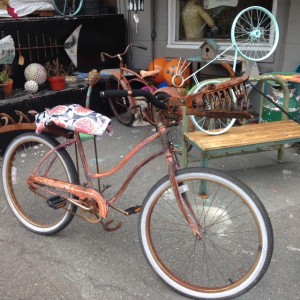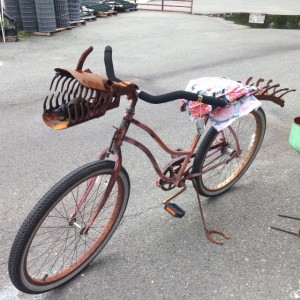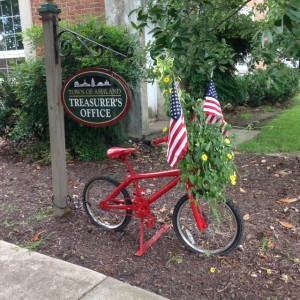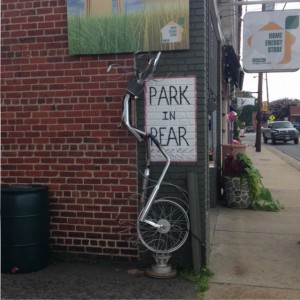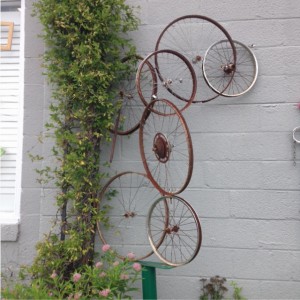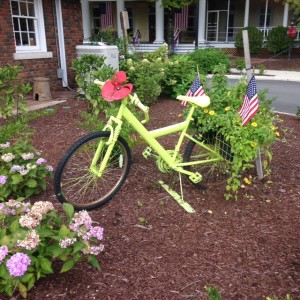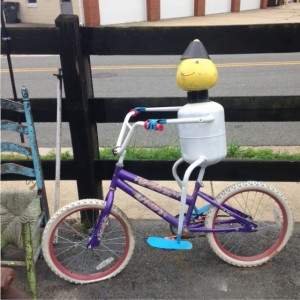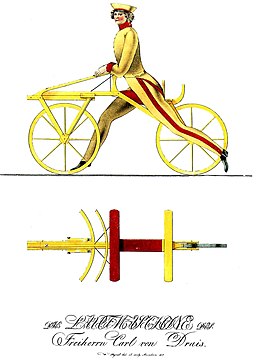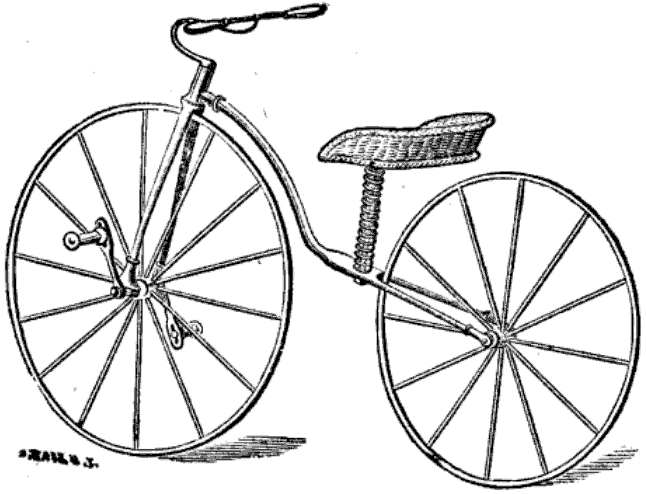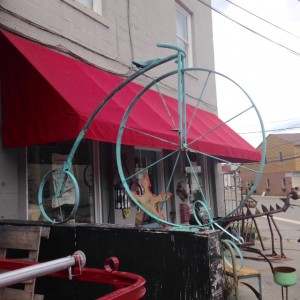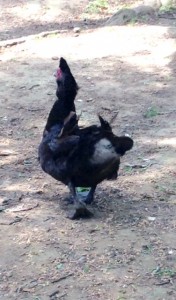On this day of mashed potato sandwiches and ten dollar televisions, I offer you another reason to give thanks: good friends, good friends who write very good books, and good friends whose latest very good book is now available! Today’s blog was written by my good friend and fellow author (and pet lover) Heather Weidner.
Guest Blog by Heather Wiedner

Many thanks to Vivian Lawry for letting me be a guest on her blog. Vivian and I met when the Sisters in Crime – Central Virginia chapter formed. Through the years, we’ve served as officers, worked on committees and anthology projects, and most recently, as part of the mystery critique group that Vivian chairs.
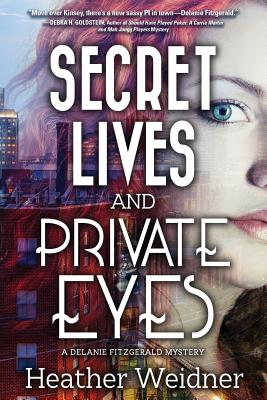
I have loved mysteries since Scooby-Doo and Nancy Drew. I write short stories, novellas, and mystery novels, including two mystery series. While the short stories and novellas are stand-alones, the novels are in two separate series. The first is the Delanie Fitzgerald mysteries (Secret Lives and Private Eyes, The Tulip Shirt Murders, and Glitter, Glam, and Contraband), about a sassy private investigator in Richmond, Virginia. She and her computer hacker partner, Duncan Reynolds, and his sidekick, Margaret the Wonder Dog, work with a variety of clients in Central Virginia to solve crimes, capers, and murders. I am also working on another new cozy series set in Charlottesville, Virginia.
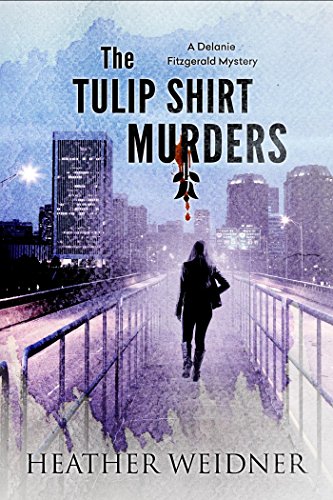
When you write novels and a series of novels, you need to keep the details in order. I make a chart for each book in a word processor, and I list all characters and key places. Then I make a column for the book, and I add all the details. This helps me keep the character names organized and avoid duplication. I also put a lot of backstory and details here. It helps me remember likes, relationships, and descriptive details. (You don’t want a character’s eye color to change between books.) I review and update it as the book goes through the writing process. Then, when I’m ready to start the next book in the series, I add a column and the characters. It also helps me show where all the characters appear. Also, if I change a character’s name during a revision, I use the search/find feature in the word processor to make sure I made all the updates.
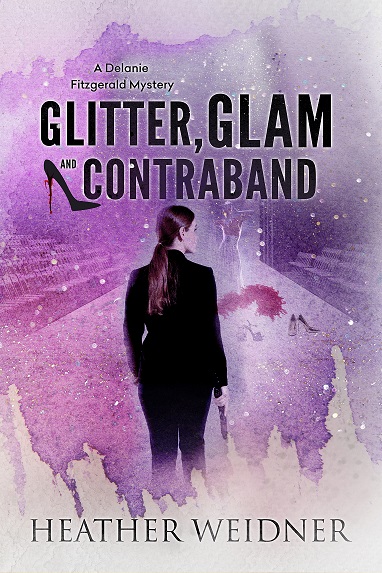
In another file, I do a brief outline for each book with what I think appears in each chapter. Then I color-code the crimes, clues, humor, and romance. This gives me a visual sense of the story’s progress. Then I start writing, and that is when all the plotting and planning take a back seat. I find that some of my characters take on a life of their own, and the story progresses down another path. I also update my outline when I’m going through the editing stages. I use this document when I write the synopsis later for querying.
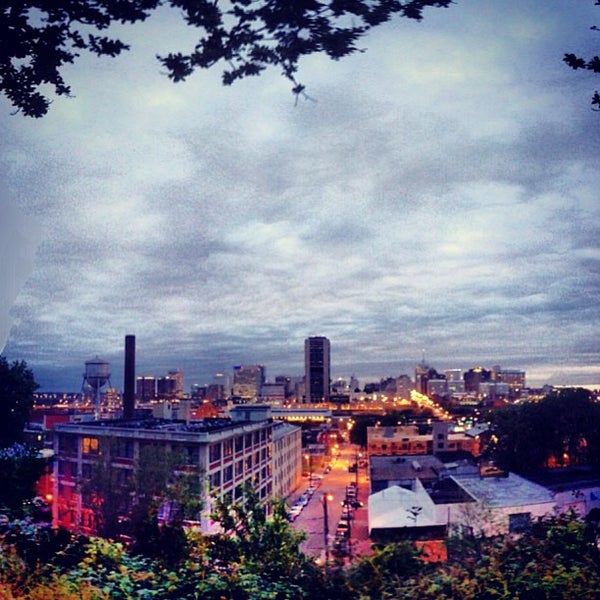
When you write a series, you also need to think about how much previous information from the other books you want to include. It’s like a skirt: it needs to be long enough to cover the subject. But you don’t want to go on and on and derail your current work with too much backstory. You want readers to remember things from the past books, but not to feel lost if they started reading your book in the middle of the series. You also need to introduce your characters with a brief description when they first appear, but be careful not to do an information dump on their life that reads like a police report.
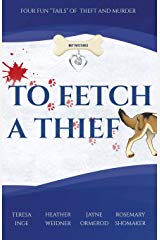
The details are important. Your readers will notice if things change inadvertently between books. My critique group and beta readers also help me with early reads to make sure particulars are accurate.
When I’m not blogging, I’m working on my next book. The third book in my Delanie series came out in November 2019, and I have a novella in the next Mutt Mysteries (dog-themed mysteries) that comes out in March 2020.
Author Biography
Glitter, Glam, and Contraband is Heather Weidner’s third novel in the Delanie Fitzgerald series. Her short stories appear in the Virginia is for Mysteries series, 50 Shades of Cabernet, and Deadly Southern Charm. Her novellas appear in The Mutt Mysteries series. She is a member of Sisters in Crime–Central Virginia, Guppies, International Thriller Writers, and James River Writers.
Originally from Virginia Beach, Heather has been a mystery fan since Scooby-Doo and Nancy Drew. She lives in Central Virginia with her husband and a pair of Jack Russell terriers.

Heather earned her BA in English from Virginia Wesleyan University and her MA in American literature from the University of Richmond. Through the years, she has been a cop’s kid, technical writer, editor, college professor, software tester, and IT manager.
Synopsis of Glitter, Glam, and Contraband
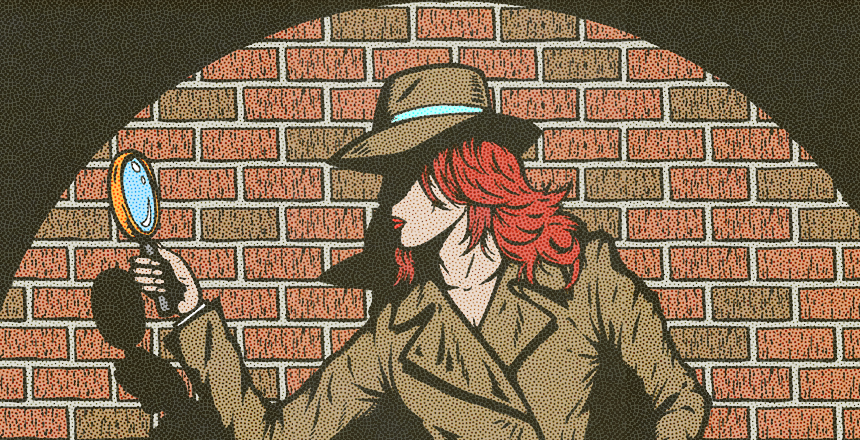
Private investigator, Delanie Fitzgerald, and her computer hacker partner, Duncan Reynolds, are back for more sleuthing in Glitter, Glam and Contraband. In this fast-paced mystery, the Falcon Investigations team is hired to find out who is stealing from the talent at a local drag show. Delanie gets more than she bargains for and a few makeup tips in the process. Meanwhile, a mysterious sound in the ceiling of her office vexes Delanie. She uses her sleuthing skills to track down the source and uncover a creepy contraband operation.
Glitter, Glam, and Contraband features a strong female sleuth with a knack for getting herself in and out of humorous situations like helping sleazy strip club owner, Chaz Smith on his quest to become Richmond’s next mayor, tracking down missing reptiles, and uncovering hidden valuables from a 100-year-old crime with an Edgar Allen Poe connection.
Contact Information
- Website and Blog: http://www.heatherweidner.com
- Twitter: https://twitter.com/HeatherWeidner1
- Facebook: https://www.facebook.com/HeatherWeidnerAuthor
- Instagram: https://www.instagram.com/heather_mystery_writer/
- Goodreads: https://www.goodreads.com/author/show/8121854.Heather_Weidner
- Amazon Authors: http://www.amazon.com/-/e/B00HOYR0MQ
- Pinterest: https://www.pinterest.com/HeatherBWeidner/
- LinkedIn: https://www.linkedin.com/in/heather-weidner-0064b233?trk=hp-identity-name
- BookBub: https://www.bookbub.com/authors/heather-weidner
- AllAuthor: https://allauthor.com/profile/heatherweidner/
- YouTube: https://www.youtube.com/channel/UCyBjyB0zz-M1DaM-rU1bXGA?view_as=subscriber
Book Links
- Amazon: https://www.amazon.com/gp/product/B081PGYR7T?pf_rd_p=183f5289-9dc0-416f- 942e-e8f213ef368b&pf_rd_r=XP2J19XEWW934WM4F0DR
- Apple Books: https://books.apple.com/us/book/glitter-glam-and-contraband/id1487475119?mt=11&ign- mpt=uo%3D4
- Barnes and Noble: https://www.barnesandnoble.com/w/glitter-glam-and- contraband-heather-weidner/1134862421?ean=2940163591978
- BookBub: https://www.bookbub.com/books/glitter-glam-and-contraband-by-heather-weidner
- Kobo: https://www.kobo.com/us/en/ebook/glitter-glam-and-contraband
- Scribd: https://www.scribd.com/book/434445848/Glitter-Glam-and-Contraband-The-Delanie- Fitzgerald-Mysteries-3
- Apple Books: https://books.apple.com/us/book/glitter-glam-and-contraband/id1487475119?mt=11&ign- mpt=uo%3D4
- Barnes and Noble: https://www.barnesandnoble.com/w/glitter-glam-and- contraband-heather-weidner/1134862421?ean=2940163591978
- BookBub: https://www.bookbub.com/books/glitter-glam-and-contraband-by-heather-weidner
- Kobo: https://www.kobo.com/us/en/ebook/glitter-glam-and-contraband
- Scribd: https://www.scribd.com/book/434445848/Glitter-Glam-and-Contraband-The-Delanie- Fitzgerald-Mysteries-3
